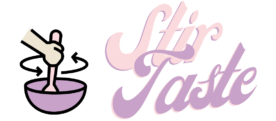Why You’ll Love This French Toast Guide
French toast should be one of life’s simplest pleasures—golden on the outside, custardy on the inside, and topped with something sweet and smile-inducing. But even the best intentions can turn into a pan of soggy sadness if you’re not careful.
This guide to avoiding common mistake in making French toast is here to save your breakfast—and your reputation with brunch guests.
Here’s why it’s worth the read:
🍞 Improve Your Technique
From bread choice to heat settings, we’ll walk you through the basics so you can troubleshoot with confidence and cook with ease.
🍳 Avoid Soggy or Dry Toast
Too wet? Too dry? We’ll explain exactly what causes the most common texture issues and how to fix them fast.
✨ Elevate Flavor & Texture
It’s not just about avoiding mistakes—it’s about making your French toast irresistibly crispy, golden, and rich with just the right amount of custard.
Ingredients for French Toast (Best Practices)
The magic of French toast starts with what goes into the mix. Here’s what you need—not just to make it, but to make it right:
- Thick-sliced stale bread – Brioche, challah, or French loaf are ideal. Day-old is best.
- Eggs – The base of your custard; don’t skimp.
- Milk or cream – Adds richness and helps soften the bread.
- Sugar – A little sweetness for flavor and browning.
- Vanilla extract – Adds that cozy, comforting depth.
- Cinnamon (optional) – For warmth and spice.
- Butter or oil for the pan – Butter gives you that golden finish, but oil keeps it from burning.
- Toppings: Syrup, fruit, powdered sugar—go as classic or creative as you like.
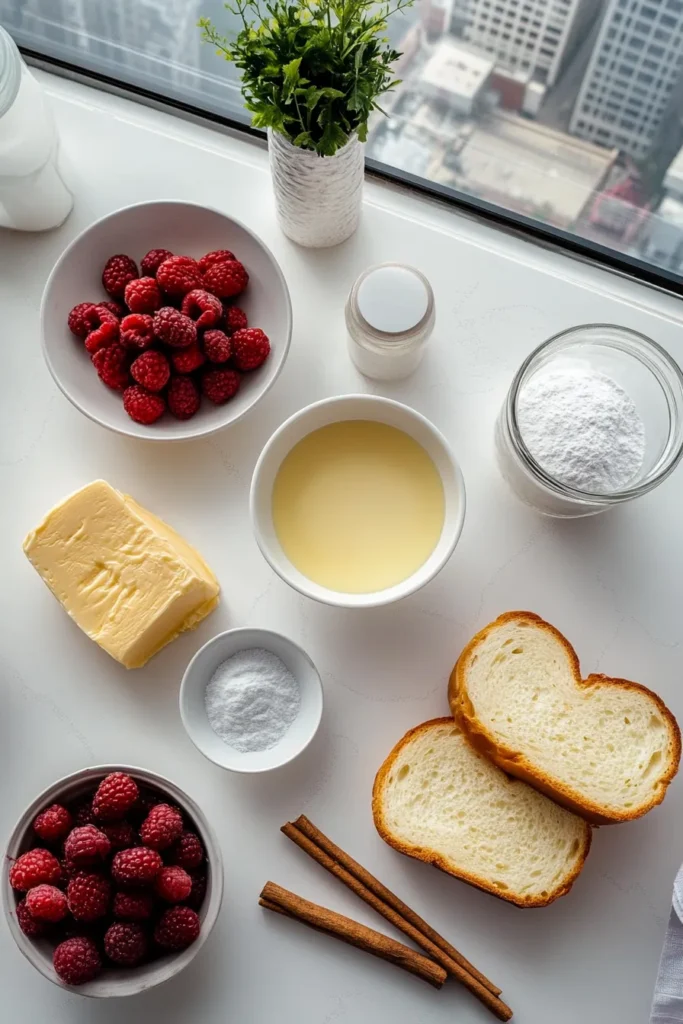
Step-by-Step Instructions (The Right Way)
Making great French toast isn’t hard—it just takes a little know-how. Follow these steps to get it right, every time.
Step 1 – Choose the Right Bread
The foundation of French toast is, well, the toast. Skip thin, floppy sandwich bread. Instead, use thick-sliced, slightly stale bread like brioche, challah, or French bread. Day-old slices are best—they soak up the custard without falling apart.
Step 2 – Make the Custard Base
In a large bowl, whisk together eggs, milk or cream, sugar, vanilla, and a dash of cinnamon (if using). Make sure it’s well blended so you don’t end up with streaks of egg white on your toast. Think smooth and creamy, not scrambled.
Step 3 – Soak, Don’t Drown
Here’s where many people go off the rails. Gently dip each bread slice into the custard—just a few seconds per side. Don’t let it sit and soak forever. You want it coated, not collapsing.
Step 4 – Cook Low and Slow
Heat a nonstick skillet over medium-low heat and add butter (or oil if you’re making a bigger batch). Cook the soaked bread slices until golden brown on each side, about 2–3 minutes per side. Don’t crank the heat—French toast likes to take its time.
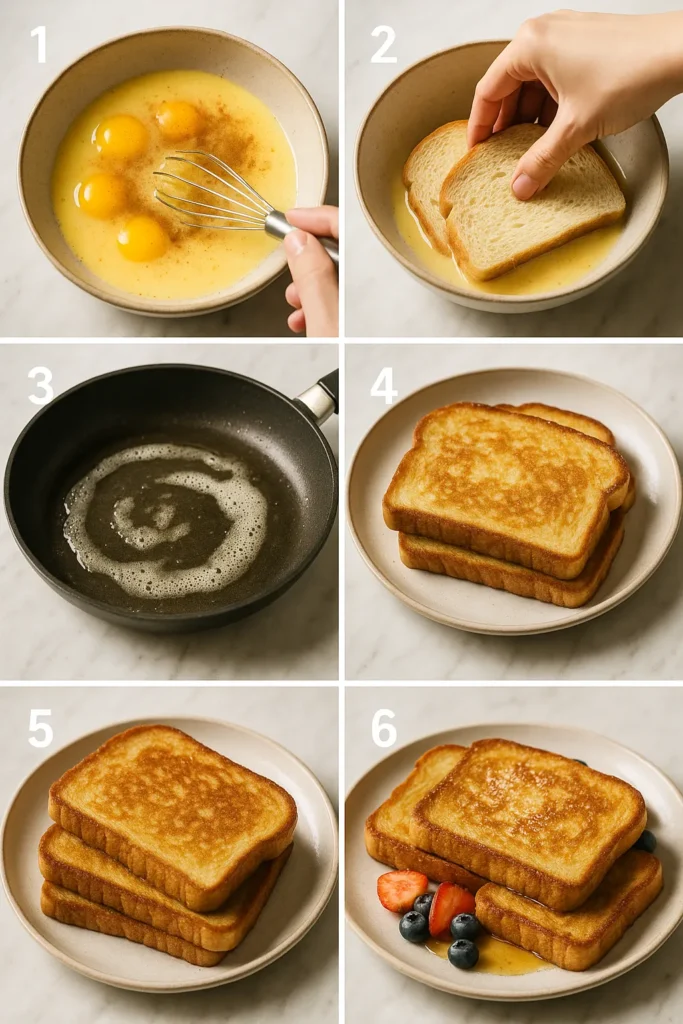
Helpful Tips for the Best French Toast
Here’s how to take your toast from “meh” to “magnificent”:
🧁 Avoid Over-Soaking
Too much custard makes the bread soggy and undercooked in the middle. A quick dip is all you need.
🍞 Use Day-Old Bread
Fresh bread may be soft and fluffy, but it turns to mush fast. A little dryness means better structure—and better French toast.
🔥 Clean the Pan Between Batches
Leftover crumbs in the pan can burn and stick to the next slices, giving them a bitter taste. Wipe it out or refresh your butter as needed.
🍯 Top Thoughtfully
Don’t drown your toast in syrup right away. Let people add their own, and consider toppings like fresh berries, powdered sugar, or a dollop of whipped cream for variety.
Let’s wrap up this guide to golden perfection with the final sections: Frequently Asked Questions, Storage & Maintenance, and a toasty Final Thought to bring it all home.
Frequently Asked Questions
What’s the most common mistake in making French toast?
Over-soaking the bread. When bread absorbs too much custard, it turns soggy and cooks unevenly. Dip, don’t drown!
Why is my French toast soggy?
This usually happens if you use fresh bread or let it sit too long in the custard. Try day-old bread and a quick dip instead.
Can I use regular sandwich bread?
Yes, but it’s not ideal. Opt for thicker, sturdier breads like brioche or challah for better texture and flavor.
Should I use milk or cream in the custard?
Either works! Cream makes it richer, while milk keeps it a bit lighter. Use what fits your preference—or what’s already in your fridge.
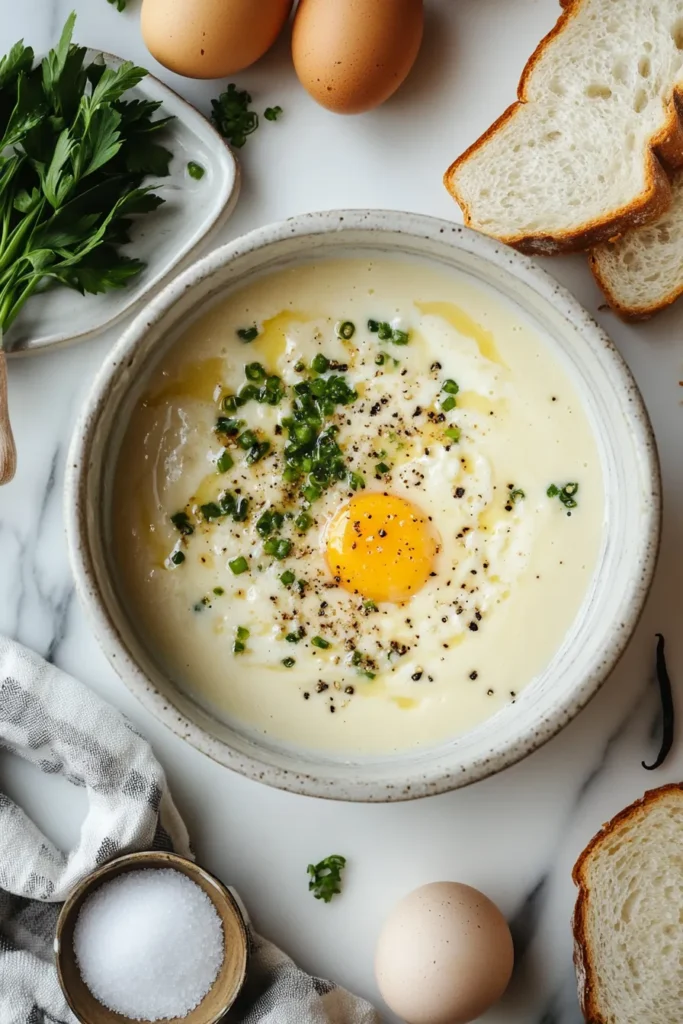
Storage & Maintenance
French toast is one of those breakfast stars that can also moonlight as a quick weekday snack—if you store it right.
Refrigerate:
Place leftovers in an airtight container and refrigerate for up to 3 days.
Freeze:
Layer slices with parchment paper and freeze in a resealable bag. They’ll keep for up to 2 months.
Reheat:
Use a toaster oven, skillet, or oven at 350°F for best results. Avoid the microwave unless you’re okay with soft and steamy instead of crisp and golden.
Final Thought
French toast might seem simple, but getting it just right? That takes a little technique and a few smart tricks. Avoiding each common mistake in making French toast turns an average breakfast into a crave-worthy classic—golden, custardy, and crisp around the edges.
So next time you’re flipping slices on a Saturday morning, remember: stale bread is your friend, the custard needs balance, and low heat is your hero.
And as always—Stir the Taste, and make every breakfast a moment worth savoring. 🥞
Print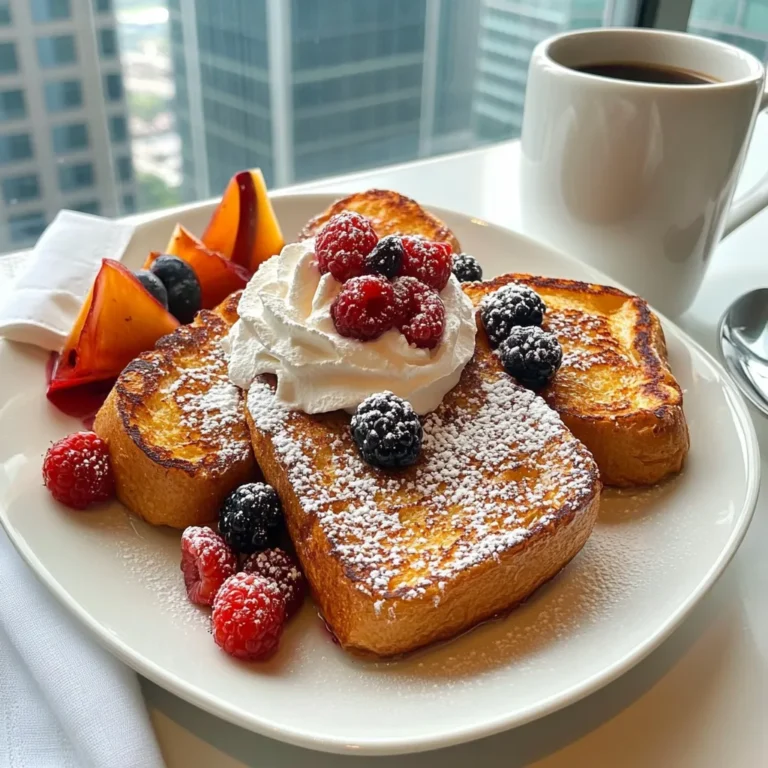
Common Mistake in Making French Toast? 7 Errors to Avoid
- Total Time: 20 minutes
- Yield: about 8 slices 1x
Ingredients
Thick-sliced stale bread (brioche, challah, or French loaf; ~8 slices)
4 large eggs
1 cup milk or cream
2 tbsp granulated sugar
1 tsp vanilla extract
½ tsp cinnamon (optional)
Butter or oil for cooking
Toppings: Maple syrup, powdered sugar, berries, whipped cream (optional)
Instructions
Choose the Right Bread:
Use thick, stale slices of brioche, challah, or French bread. Avoid soft sandwich bread.
Make the Custard Base:
In a large bowl, whisk eggs, milk (or cream), sugar, vanilla, and cinnamon (if using) until smooth.
Soak the Bread:
Dip each slice into the custard mixture for a few seconds per side—just enough to coat, not soak.
Cook Low and Slow:
Heat butter or oil in a nonstick skillet over medium-low. Cook bread slices for 2–3 minutes per side until golden brown and set.
Serve Hot with Toppings:
Plate and top with your favorites: maple syrup, fresh fruit, powdered sugar, or whipped cream.
- Prep Time: 10 minutes
- Cook Time: 10 minutes
- Category: Breakfast, Brunch
- Cuisine: French-American
Nutrition
- Calories: ~300 calories per slice
- Sugar: 8g
- Sodium: 210mg
- Fat: 16g
- Saturated Fat: 7g
- Unsaturated Fat: 7g
- Trans Fat: 0g
- Carbohydrates: 28g
- Fiber: 1g
- Protein: 9g
- Cholesterol: 115mg
You May Also Like:
Explore these delightful discoveries from StirTaste that you might not have come across yet:
- What Can I Use Instead of Milk in French Toast?
Whether you’re out of milk or avoiding dairy, this guide explores tasty alternatives that still deliver a fluffy and rich French toast. - Cheesy Smashed Potatoes Recipe
Crispy edges, gooey cheese, and fluffy centers—these smashed potatoes are perfect as a side or snack. - How Wet Should Cake Strips Be? Tips for Perfect Cakes
Master even baking and prevent domed cakes with this essential cake strip technique guide. - Difference Between Cold Cappuccino and Frappuccino
A quick read that clears up the confusion between these popular chilled coffee drinks.
